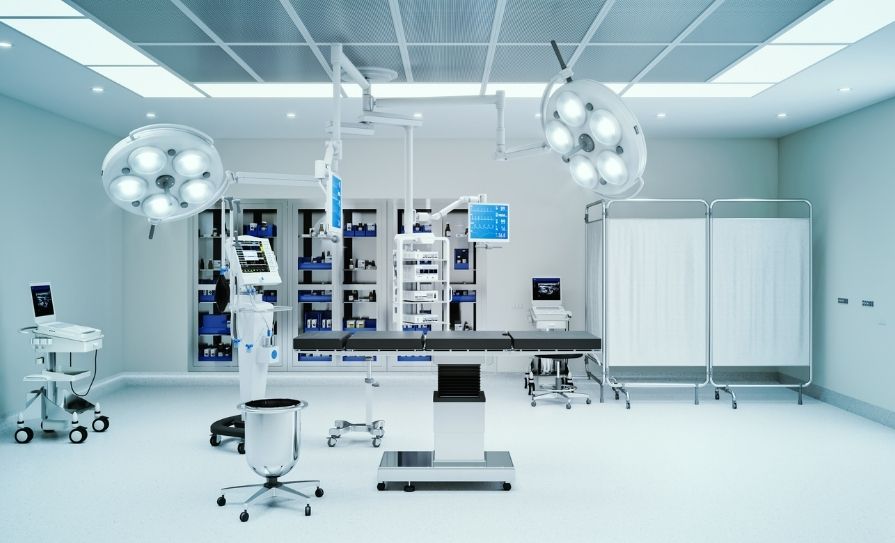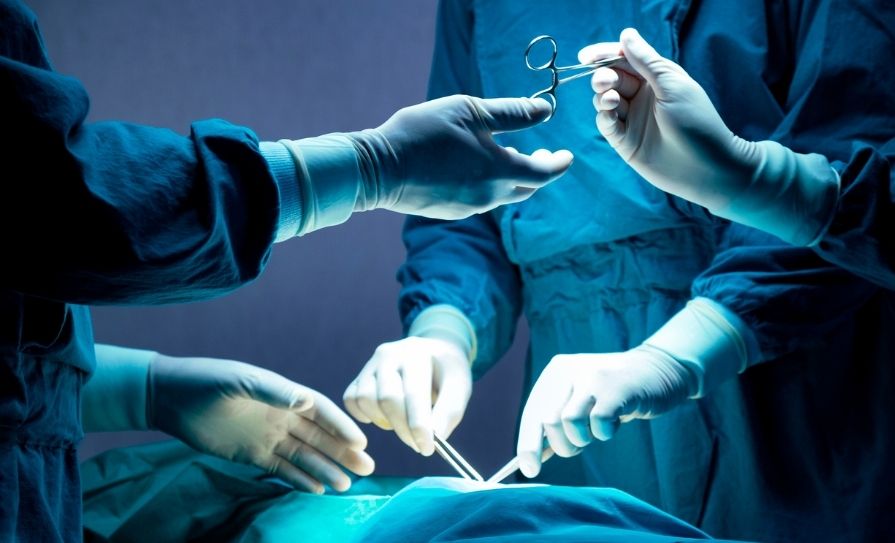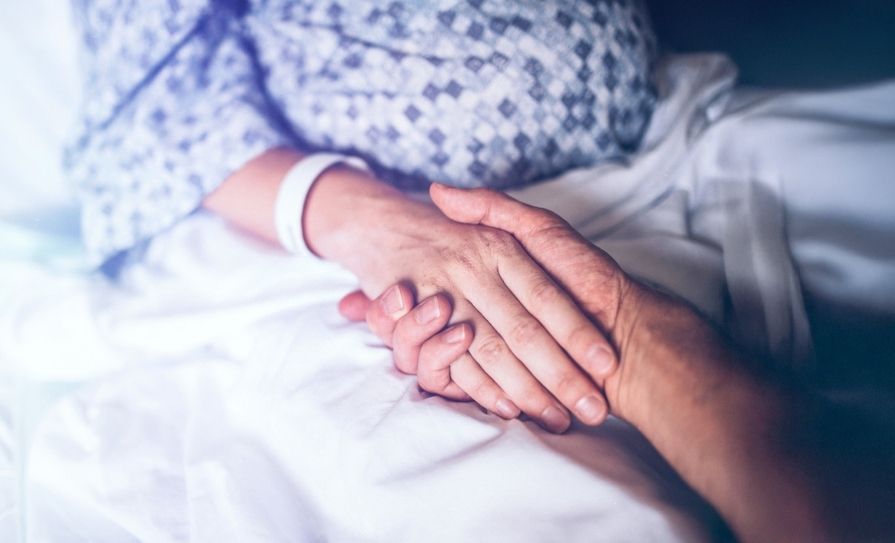Notifications of sexually transmitted infections are increasing as a new national sexual health strategy is promised later this year. Catherine Reilly reports
The need for a new national sexual health strategy is under the spotlight as notifications of sexually transmitted infections (STIs) continue to rise. The Department of Health has stated that a new strategy, covering 2023 to 2030, “will be delivered” later this year.
“The focus will be to build on the original national sexual health strategy and to incorporate additional remit, given the rapid pace of change in sexual and reproductive health, wider health service provision, demographics and population health status since 2015,” a Department spokesperson told the Medical Independent (MI).
The National Sexual Health Strategy 2015–2020 was extended into 2022 due to delays in implementation resulting from the Covid-19 pandemic, according to a Department-commissioned review published in March.
The review, conducted by Crowe, concluded that 49 of the strategy’s 56 priority actions had been successfully progressed. Service developments included the HSE’s national HIV pre-exposure prophylaxis (PrEP) programme to support populations at substantial risk of sexual acquisition of HIV (which commenced in November 2019); and the national home STI testing service (SH:24) for people aged 17 and older (introduced as a pilot in January 2021 and available in all 26 counties since October 2022. Home STI testing is generally most suitable for individuals who do not have symptoms of an STI).
The HSE’s Sexual Health and Crisis Pregnancy Programme (SHCPP) provided submissions to the Department as part of the Crowe review.
Specifically in relation to STIs, the SHCPP’s priorities included developing and implementing a model of care for STI and sexual health service delivery; developing and implementing standards and key performance indicators for STI and sexual healthcare; and building capacity and meeting demand for HIV PrEP.
The Crowe review made 32 “indicative recommendations” to influence development of a new strategy encompassing education, training, communications, research and service provision. It recommended development of a model of care for sexual health (an aim of the existing strategy); development and implementation of key performance indicators for HIV testing, STI services, and contraception services (included in the SHCPP implementation plan for the current strategy); and actions in support of the HIV fast-track cities initiative.
Clinical provision recommendations included enhancing the role of GPs; remote consultations at sexual health clinics; and strengthening and expanding professional training programmes. A strategy drafting group has been established and will consider the views of stakeholders, according to the Department. “The drafting group met for the first time in May 2023 and will progress the new strategy in 2023, with a view to finalising it by year-end.”
Meanwhile, the HSE National Service Plan 2023 commits to initiating “a process to develop a model of care for the delivery of sexually transmitted infection and sexual health services in Ireland”.
Rising notifications
STIs have been increasing in Ireland since 2013 when case-based notification was introduced, according to a Health Protection Surveillance Centre (HPSC) STI trends report published in April (HIV data/analysis is published in separate reports).
In 2020 there was a reduction in STI cases, coinciding with the onset of Covid-19, and since then notifications have increased and in 2022 exceeded the numbers observed in 2019 and previous years for all STIs bar herpes simplex (genital) and lymphogranuloma venereum (LGV).
The decrease in STI notifications in 2020 and 2021, compared to 2019, was likely due to a number of factors including long periods of national lockdown, social and physical distancing measures, reduced access to sexual health and GP services, and reduced testing opportunities.
Between 2019 and 2022, rates of gonorrhoea, chlamydia, and early infectious syphilis (EIS) increased by 45 per cent, 20 per cent, and 14 per cent respectively. As was the case in other years, the groups most affected by STIs were gay, bisexual and other men who have sex with men (gbMSM) and younger people aged up to 24 years.
“There are a number of factors likely contributing to the increases seen in 2022 including a return to normal social interaction after Covid-19 pandemic restrictions were lifted and improved access to STI testing with the roll-out of the national home STI testing service,” according to the HSE.
In 2022, nearly 57,000 free home STI tests were completed with 4,121 cases of chlamydia and 933 cases of gonorrhoea identified. This accounted for approximately 38 per cent and 23 per cent of the notifications for these infections, respectively, estimated the HSE.
A HSE spokesperson added: “The significant increase in gonorrhoea notifications, particularly in younger people aged 15-to-24 years, is currently being examined to understand the factors leading to this increase and ensure that measures to improve sexual health outcomes in younger people are in place.”
Notifications of STIs have continued rising in the first 19 weeks of 2023 compared with the same period of 2022, according to HPSC weekly data reports.
The HSE spokesperson said it has identified several key areas of focus for the current year. These areas “encompass a comprehensive approach aimed at awareness, prevention, and access to free services”. Measures included targeted communications campaigns; provision of accessible STI testing; and provision of free condoms and lubricant sachets via the national condom distribution service to HSE services and organisations that work directly with people at an increased risk of negative sexual health outcomes.
The SHCPP also has funding arrangements with sexual health NGOs in Cork, Dublin, Limerick, and Galway to provide a range of services including community HIV testing, information, education, and outreach.
The HSE said it will continue to collect, collate and analyse surveillance data to inform public health approaches and interventions, and to coordinate the response to any outbreaks or upsurges that arise.
In 2022, nearly 57,000 home STI tests were completed with 4,121 cases of chlamydia and 933 cases of gonorrhoea identified
HIV
In 2022 there were 889 HIV notifications compared with 529 in 2019 and 522 in 2018, according to the report Infectious Disease Notifications in Ireland, 2018–2022 (HPSC).
A HPSC HIV epidemiology report, published in November 2022, stated that diagnoses “increased considerably” last year with 644 notifications during the first nine months of 2022. The full-year analysis is not yet available.
Some 331 of the 644 diagnoses were in people previously diagnosed with HIV outside of Ireland, while 97 were ‘new diagnoses’. However, 216 of the diagnoses were categorised as ‘unknown’.
“There was a decrease in HIV diagnoses in Ireland in 2020 and 2021 due to the impact of the Covid-19 pandemic,” outlined the HPSC HIV report, which also cited the national PrEP programme as a potential factor. “HIV diagnoses in 2022 have increased due to a number of factors including resumption of normal testing services and increased migration to Ireland of people who are living with HIV, including people who have been displaced from Ukraine.”
In 2022 most diagnoses were in males, but a higher proportion of females were diagnosed compared to recent years. Most diagnoses were in people aged between 25 and 44 years.
The key population group affected by HIV continued to be gbMSM, accounting for 55 per cent of diagnoses (where route of transmission was known). The second most commonly affected group were heterosexual females, who accounted for 29 per cent of diagnoses (where route of transmission was known).
“In order to halt the transmission of HIV and to achieve the target issued by UNAIDS for zero new infections by 2030, it is vital that there is a focus on combination HIV prevention approaches,” according to the HPSC HIV report. “For all people diagnosed with HIV in Ireland, it is of utmost importance that they are engaged in care as soon as possible after diagnosis and start (or continue taking) antiretroviral therapy (ART), both for their own optimal health benefit and to prevent transmission of HIV.”
Some increase in HIV notifications in 2022 was expected. However, the available data for 2023 indicates an ongoing rise, which must be carefully monitored, according to Mr Stephen O’Hare, Executive Director at HIV Ireland.
“This year, the weekly stats are also reporting high levels of notification for HIV; they are in fact exceeding the same periods of last year by about 30 or 40 per cent,” Mr O’Hare told MI. “So we are seeing a bigger number of notifications for HIV in general and that is something to be mindful of.”
Sexual health clinics were significantly curtailed during the pandemic, but have largely returned to normal. In general, there is “good” availability of HIV/STI testing via these services, the HSE’s home testing service, and organisations such as HIV Ireland. However, the increased notifications have pointed to the requirement for more capacity including testing.
“Some of the statistics have previously shown that we do get quite a few late diagnoses of HIV, and that is something we do need to guard against, and the best way to do that is testing. So we do need more capacity.
“The other side of that capacity argument is the availability of preventative measures,” continued Mr O’Hare. “So testing is very important, because you [identify] people who are undiagnosed with HIV and then you can get them on treatment, and treatment itself acts as prevention because you can stop someone from transmitting HIV. But the other side of that is PrEP. The same clinics that would be providing clinical testing services will have PrEP [services] and at the moment there is a roll-out of the national PrEP programme, but PrEP is massively oversubscribed…. Services are struggling to reduce the waiting lists for PrEP… you have got an 18-month waiting list in Dublin for example….”
There are 13 public PrEP clinics in Ireland (four in Dublin), and 16 private/GP providers approved to prescribe free PrEP (15 in Dublin), according to information recently issued by the Department.
Since the programme commenced in November 2019, over 7,500 individuals have been approved for PrEP in line with national eligibility criteria. In 2021, 3,279 individuals filled a prescription for PrEP at least once through community pharmacies.
MI understands some people in Dublin are travelling to regional towns to access PrEP. “That is right, people are doing that, and they are also going to private providers,” stated Mr O’Hare.
Furthermore, he pointed to the need for greater awareness of post-exposure prophylaxis (PEP) and the removal of the €100 charge for people presenting to an emergency department to access PEP.
Mr O’Hare also believed “we need to redouble our efforts on the national condom distribution service” in terms of improving accessibility for service users.
He added that more work was required to ensure public health messages on STI risks and the benefits of testing were communicated to young people, including those in second- and third-level education.
New strategy
HIV Ireland contributed to the review of the sexual health strategy and many of its points were reflected in the document, acknowledged Mr O’Hare.
“The review, of course, is not the actual strategy,” he added. “So we look forward and we anticipate the publication of the strategy and we hope it is a strategy that is aiming to meet the commitments the Government has already made around STIs and particularly around HIV – around ending new HIV transmissions by 2030, around increasing the number of people with HIV who know their status, who are on effective treatment and reach an undetectable viral load. They are very, very important policy commitments and in fact the [new] strategy should probably have a dedicated section or chapter devoted to HIV and HIV prevention.”
Mr O’Hare also commented on the need to reduce HIV stigma in healthcare. Research conducted by Dr Elena Vaughan of University of Galway, and supported by HIV Ireland, found that among healthcare workers (who were not HIV specialists) 83 per cent claimed knowledge of ‘undetectable = untransmittable’ (U=U) and ‘treatment as prevention’. However, 40 per cent said they would still be nervous about drawing blood from a person living with HIV leading to unnecessary ‘extra’ precautions, eg, excessive use of personal protective equipment.
Mr O’Hare said: “People should not be experiencing discrimination and we do need to see much greater awareness and training around that.”
Training
Meanwhile, Mr David Field, a Clinical Nurse Specialist and PhD candidate in Sexual Health, noted the lack of specialised third-level courses in sexual health for healthcare staff.
“In Ireland there isn’t any specialised third-level course in the area of sexual health,” he told MI.
The lack of specialist training in Ireland has led to difficulties in filling specialised nursing posts in sexual health, according to Mr Field.
As part of a new sexual health strategy, Mr Field would like to see investment in specialist training for healthcare staff and expansion of sexual health services.
He said there was a need for more capacity in sexual health clinics and enhanced geographical coverage.
The SH:24 STI home testing service has been a “game-changer” in widening access to testing, according to Mr Field. He noted that the pilot for the initiative had found over half of service users had never accessed a sexual health service before.
However, this initiative needed to be supported by “increased access to specialised services to treat those infections”.
Mr Field said it was important to ensure there was a sexual health service available to people in every county in Ireland and that services were resourced to see the numbers seeking access. He noted that many public sexual health clinics were at capacity.
The SH:24 service has contributed to the increasing notifications of STIs, but these figures had also been increasing pre-Covid-19, noted Mr Field.
“The Covid years were an opportunity for pools of infection to increase in the community because there was such limited testing and treatment options for really long periods of time…. There are definitely a multitude of factors contributing to that increase, but I would say it is not just down to extra testing, there does appear to be more infection as well.”
In regard to recent HIV notifications, Mr Field noted difficulties in establishing complete data due to a series of demands on staff in sexual health, infectious diseases and public health in light of the Covid-19 pandemic, national syphilis outbreak, and Mpox public health emergency of international concern.
This situation has also made it difficult to interpret the impact of the national PrEP programme on HIV diagnosis rates. He confirmed that there are capacity constraints in regard to accessing PrEP in the public system. Some of the demand was being met by private clinics, but this could be financially prohibitive for patients.













Leave a Reply
You must be logged in to post a comment.